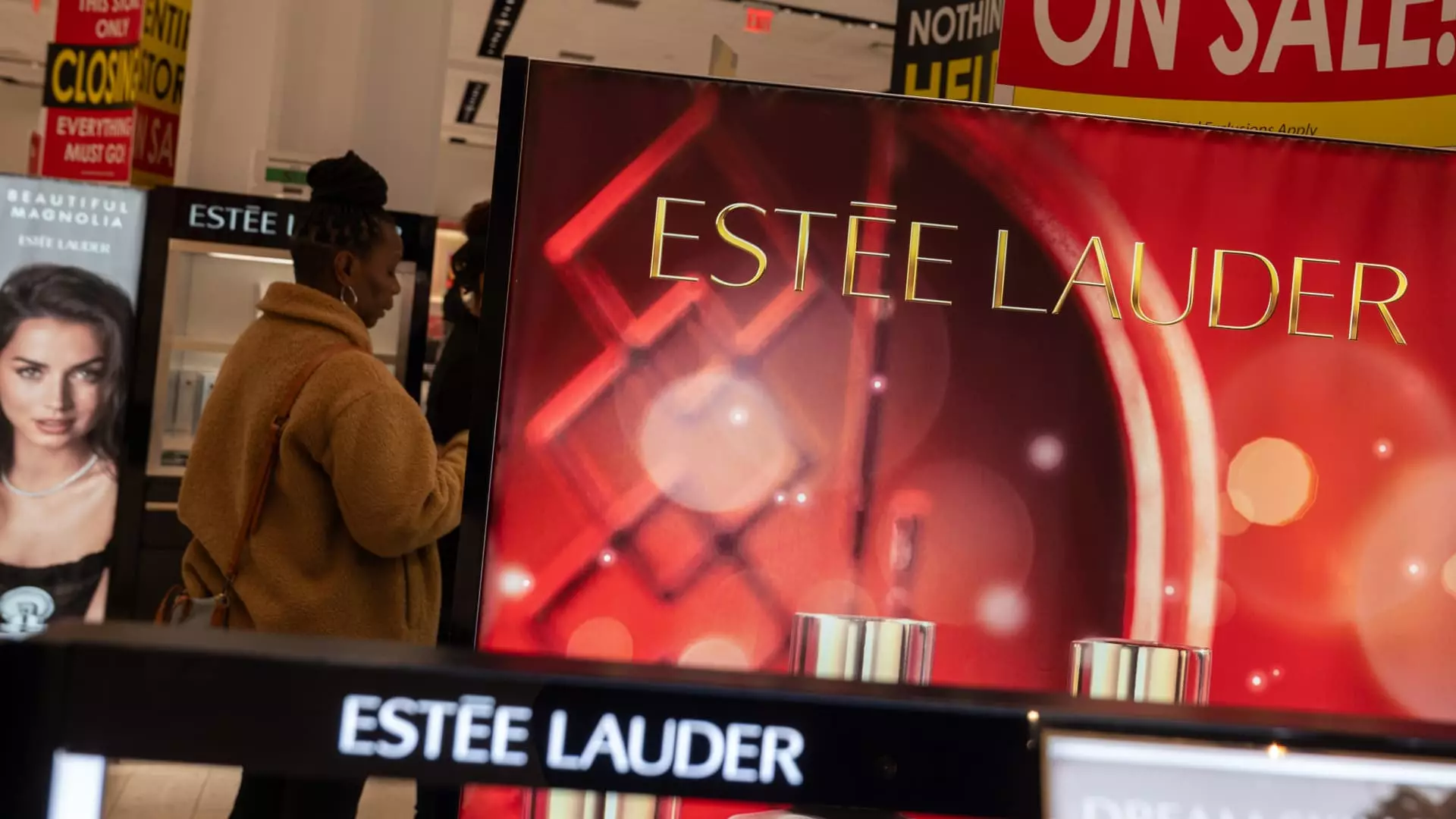This week, the beauty industry faced a significant downturn, with notable players like E.l.f. Beauty and Estee Lauder witnessing substantial stock losses following disappointing earnings reports and downward revisions in their financial outlooks. E.l.f. experienced its steepest decline since August 2018, with shares dropping nearly 29% over a single week. Although the company reported higher-than-expected revenue for its fiscal third quarter, it fell short in adjusted earnings per share and revised its annual sales projections down from a range of $1.32 billion to $1.34 billion, now expecting between $1.3 billion and $1.31 billion.
CEO Tarang Amin’s analysis of the market revealed a broader sector contraction, with a reported 5% decline in January attributed to diminished consumer interest post-holiday season and a general exit from online beauty shopping. The resultant guidance cuts prompted analysts at major firms like Morgan Stanley and UBS to downgrade the stock to neutral, reflecting a wary outlook on the company’s future performance.
Estee Lauder’s Struggles with Job Cuts and Sales Decline
Estee Lauder also faced dramatic losses, with shares tanking 22% within the week—its worst performance since November. The company announced plans to reduce its workforce by 5,800 to 7,000 jobs by the end of fiscal 2026 due to weakening travel retail demand in Asia, which is expected to negatively impact its net sales for the third quarter. Despite exceeding revenue and earnings expectations in its recent report, the company’s narrative of lost agility and missed growth opportunities, as expressed by new CEO Stéphane de La Faverie, amplified investor concerns.
This combination of job cuts and disappointing performance forecasts led to a lack of confidence from investors, creating a ripple effect across the beauty sector and causing stocks like Ulta Beauty and Coty to decline 9% and nearly 8% respectively. This marked Ulta’s worst performance since April and Coty’s since October, indicating a worrying trend across the industry.
Market Challenges and Strategic Responses
During E.l.f. Beauty’s earnings call, Amin noted slight softness in sales at Ulta, illustrating the interconnectedness of retailer performance and brand health in a challenging environment. Additionally, the beauty sector is not only battling internal issues but also external pressures, particularly from tariffs threatening profit margins. With China’s announcement of new tariffs on select U.S. imports as a retaliatory measure against U.S. tariffs, companies relying on Chinese manufacturing, such as E.l.f.
Beauty, are left navigating tumultuous waters. Although Amin expressed relief that the tariffs were only 10%, down from projections as high as 60%, the long-term implications of these trade barriers remain a concern for U.S. beauty brands.
As these beauty companies grapple with decreasing consumer interest and market volatility, a reevaluation of strategies is essential for recovery and sustainable growth. The potential fallout from these earnings reports may serve as a wake-up call for the entire industry, urging brands to adopt more agile, responsive business models that can adapt to rapidly changing consumer behaviors and global market challenges. The coming months will be critical for these companies to regain their footing and restore investor confidence in an otherwise resilient, yet increasingly complicated, beauty landscape.

